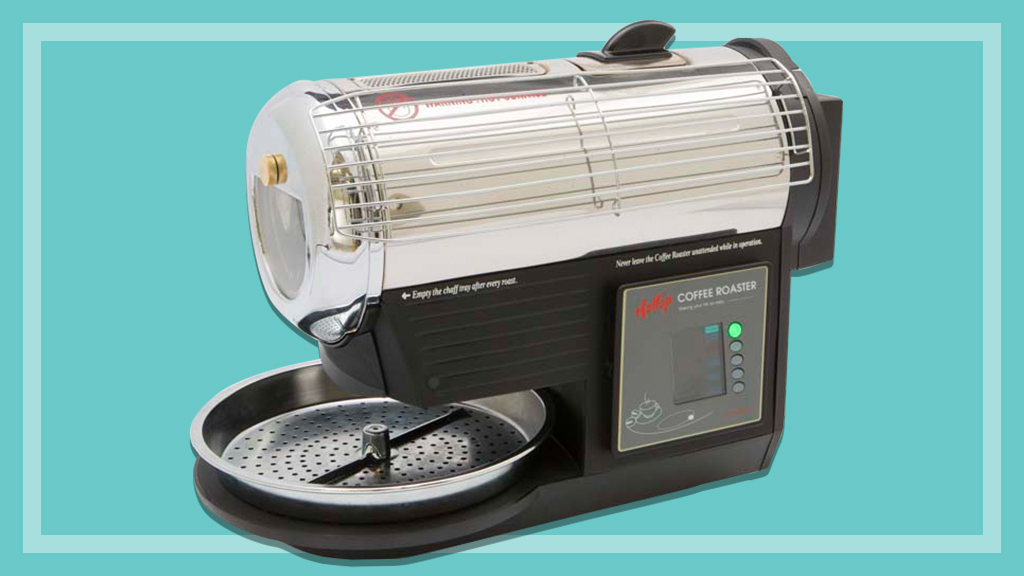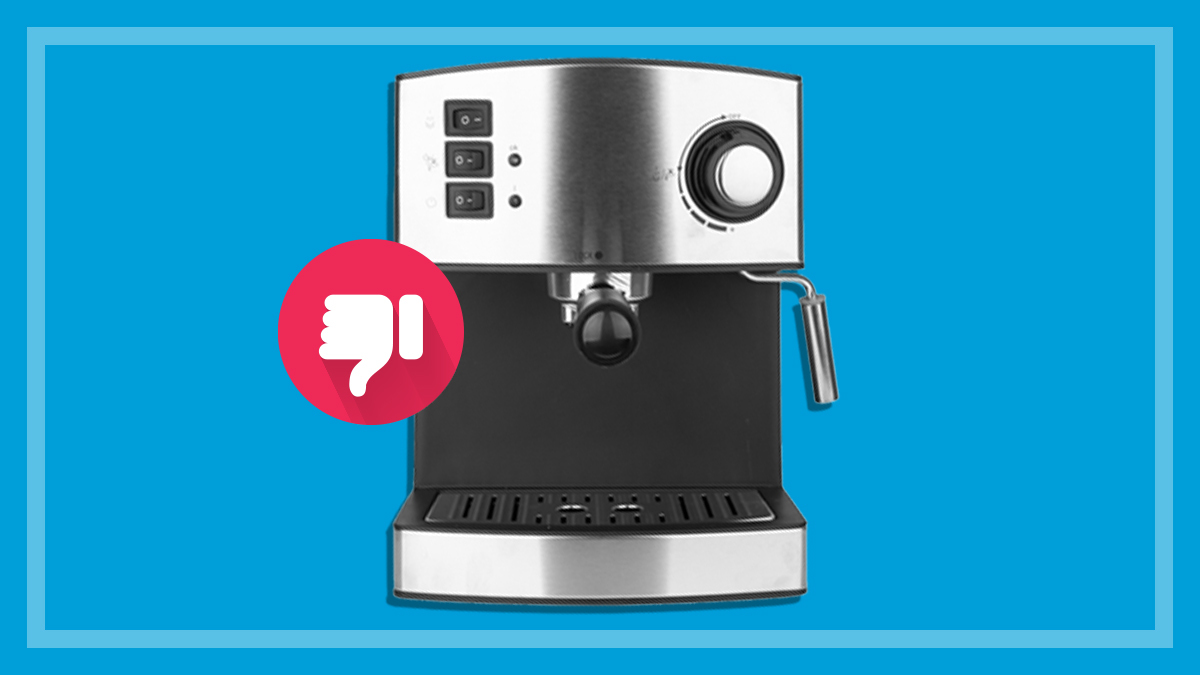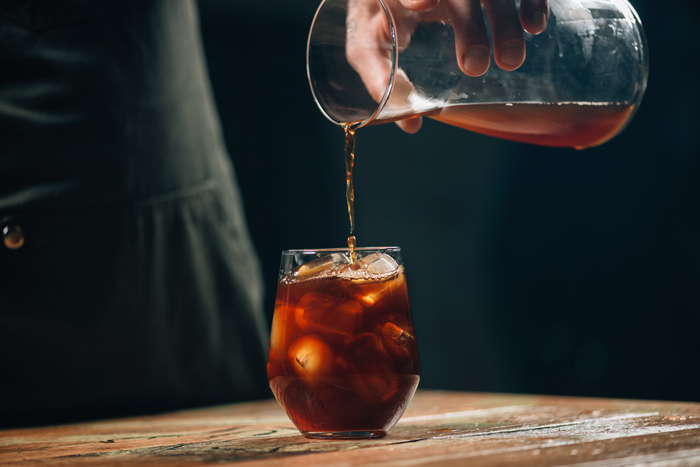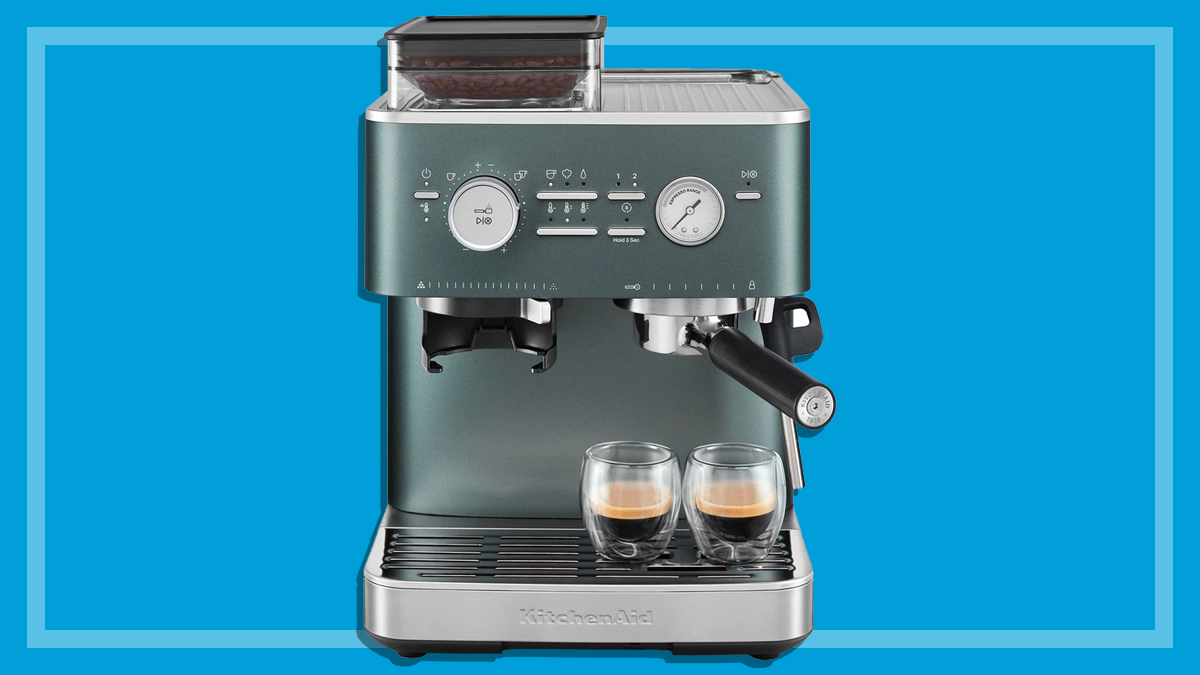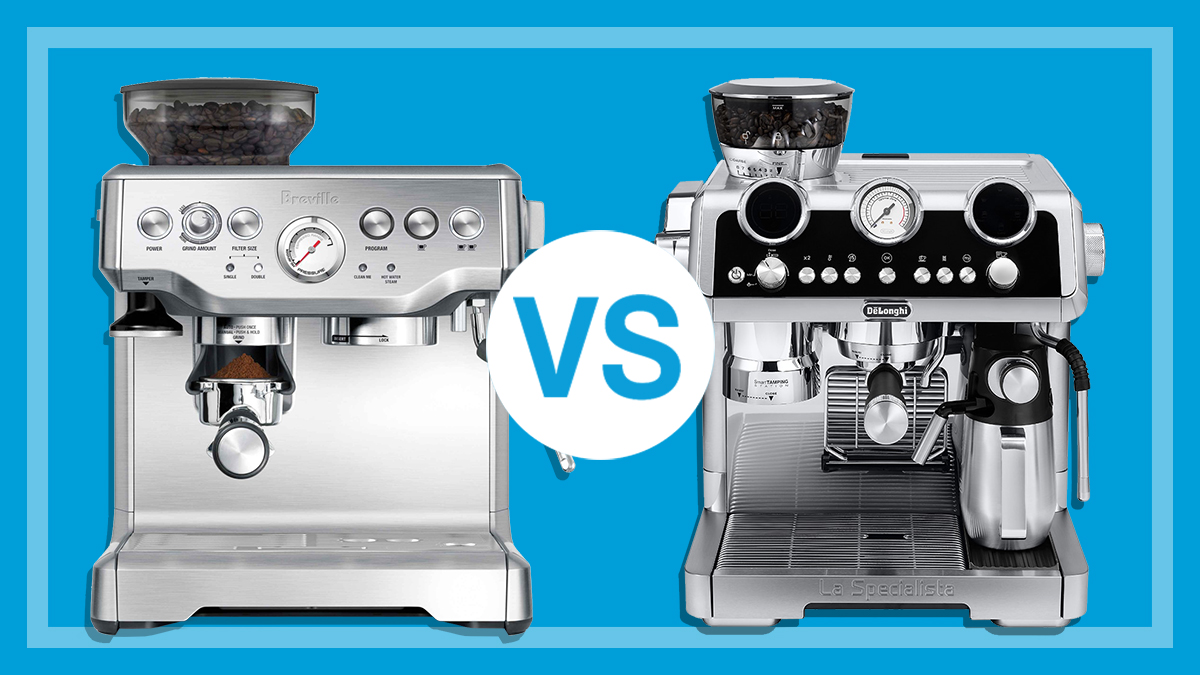Get our independent lab tests, expert reviews and honest advice.
How to buy the best coffee roaster for your kitchen

Imagine roasting your own beans to the depth and intensity of flavour you love, then grinding them to make the perfect cup of coffee. No, scratch that – to make your perfect cup of coffee.
On this page:
- Why use a coffee roaster
- How coffee roasters work
- What to look for in a coffee roaster
- Tips for roasting coffee at home
Why use a coffee roaster
Coffee roasters are quite expensive, but they will save you money on coffee beans in the long run. Green, unroasted beans cost much less (usually half the price or less) than roasted. Many people use an oven, frying pan or even popcorn maker to roast theirs, but as the process can be a bit finicky you can’t be assured of even results – so a roaster is best for consistency.
How coffee roasters work
Light roast
Roasting causes the colour and smell of the beans to change, producing different flavours and two cracking noises that indicate different stages of the process. You’ll hear the first crack of the beans as all the moisture escapes them. At this point, the sugars start to caramelise and your coffee is roasted – however, this is the lightest roast.
Darker roast
As roasting continues, the oils in the beans release to create more flavour and you’ll soon hear a second crack. Once you hear this, your coffee will be quite dark and further roasting beyond this point will result in a harsher, possibly bitter cup of coffee.
Cooling the beans
Letting the beans cool is the final stage, so it’s essential to use either a pre-programmed cycle on your roaster, or turn it manually to cool. If the beans stay hot, they will continue to roast and the fire brigade will be called to your house because it will be filled with burnt coffee smoke!
What to look for in a coffee roaster
Roasting capacity
Consider how much coffee you’ll be roasting and buy a size that suits.
Quiet noise levels
You’ll need to be able to hear the all-important first and second cracks.
Separate cooling tray
The beans need to cool quickly, so it helps to lay them out on a tray.
Good visibility
You’ll want to be able to see into the roasting chamber once you hear the first crack – the beans will darken quickly so you need to keep an eye on them.
Cost
From $380 to $1600 for domestic models. Commercial models cost much more.
Tips for roasting coffee at home
So, you’ve bought your home coffee roaster. But what happens now? Master roaster Anee Sampath of Samson Coffee House and Beancraft gives us his tips (and traps):
What are some mistakes that people make when they first start roasting?
The most common mistake people make is to over roast or flash roast. This may also be due to the general notion people have that strong coffee means a darker roast, a common misconception. Coffee is stronger when you use more ground coffee when you brew, or because the coffee itself has well-defined flavour characteristics unique to its cultivar, climate or process method.
The other common mistake is to overload their home roasters, which makes it impossible to get a balanced outcome.
I would encourage most first-timers to buy some lower quality beans to trial and sample until you get the hang of it.
What are your top tips for people roasting beans?
- Coffee needs a consistent pace; not too fast (flash roasting) or slow. While doing trials, make these mistakes but cup (ie. sample) them so you know the differences. For example, if roasted too slowly the result could be ‘baked’, tasting flat and void of any flavour characteristics.
- If the specs of your roaster state a specific batch size, do not max it. It is a good idea to roast around 85% of the size specified. This will produce much better results.
- Once roasted, store beans in an air tight container with one-way degas valves, in a cool dark place, not in the fridge or freezer. VacuVin or Friis Coffee storage containers will be handy.
- Grind on demand, before you brew your favourite cup.
- Wait around 48-72 hours after roasting before consumption, although there is a lot of debate around this.
- A good start would be online forums such as Coffeesnobs and Sweet Maria’s.
Peter Horvath was CHOICE’s resident coffee expert for many years. His roasting tips include:
- Listen to the beans crack during the roasting process. Switch the roasting cycle off manually no later than at the beginning of the second crack to avoid the risk of a harsh or bitter coffee.
- Measure the green beans’ quantity accurately using the measuring scales.
- The instructions don’t recommend outdoor use, but placing it in the garage or shed with the door open is probably a better option than roasting in the kitchen due to the amount of smoke produced.
- Never leave the roaster unattended during roasting; two models on test have a built-in safety system which starts the cooling cycle if a button is not pressed in time.
- Some surfaces such as the roasting chamber and chaff collector get hot during use, so keep hands, children and pets away.

